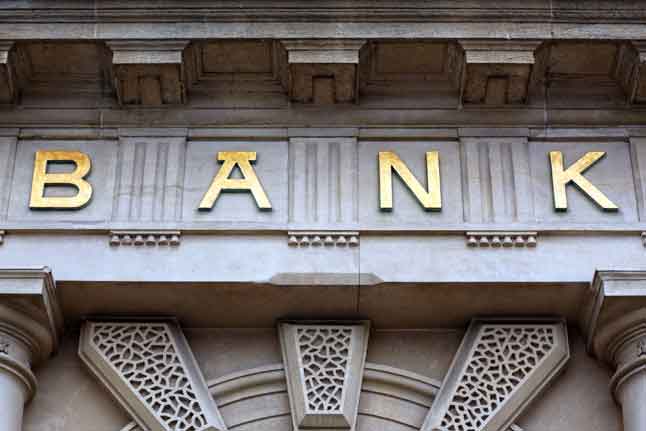
The main feature of Digital Assets is that they can be sent 24 hours a day, seven days a week, anywhere in the world for just a few dollars. This is different than centralized bank systems, where funds can be sent or received only only on week days and only certain hours of the day. Unfortunately, the transfer fees charged by central banks can be exorbitant. Moreover, international transfers using the central banking system using SWIFT require an “Intermediary Bank” which adds additional time and fees. In some cases, an international wire of traditional funds may cost up to $100 in combined fees for a small payments. At the present time, digital currencies cannot be transferred from bank to bank.
To be clear, U.S. Dollars can be transferred from a traditional bank to a Cryptocurrency Exchange. And they can be withdrawn from an Exchange back to a traditional bank that accepts these types of transactions. (Some banks do not allow transactions to and from cryptocurrency exchanges.) Therefore, digital transactions are typically made via the three options below, which may change as traditional banks get involved with digital asset transactions.
Digital Asset Account Options
Cold Wallet
Brokerage Account
* Crypto Exchange
Both Ledger and Trezor are companies that offer cold storage wallets. The word “Cold” refers to the capacity to be held off-line. Click Here to learn more about Cold Wallets. Both of these wallets have computer software and mobile apps for wallet management when the devise is connected.
At the retail level, Fidelity is the first major brokerage account company to offer clients the ability to hold and trade digital assets. This is a new feature for them and still in the staging process. We expect other traditional brokerage firms to follow the leader, however.
Cryptocurrency Exchanges are “Centralized” companies that have trading platforms that offer “Trading Pairs” in cryptocurrency. You can also send crypto to a crypto exchange to convert digital assets to cash for the purpose of withdrawal to personal or business bank accounts.
* FTX is (was) a cryptocurrency exchange that recently filed for bankruptcy. It was run by Sam Bankman-Fried (SBF) who was accused of using customer funds for personal reasons. Other fraudulent activities are also being assessed. Please note that this does not reflect on the legitimacy of cryptocurrency. To the contrary, SBF was simply a bad actor who could have been fraudulent in any industry. Generally speaking, all crypto exchanges and traditional brokerage account companies are “centralized” and oversight should be monitored by the Securities and Exchange Commission. FTX, however, was not. This reinforces our view that all digital assets should be held in a self-custody cold wallet. The only time digital assets should be transferred to a centralized online exchange is when digital transactions need to be made. Once settled, all digital assets should be sent back to cold wallets for storage.
Traditional Banks
Traditional banks are threatened by cryptocurrency for many reasons. The main being traditional banks are experiencing significant withdrawals of funds being transferred to crypto exchanges. This is generally because the cost of transferring digital assets is much cheaper and quicker than traditional banks. Moreover, there are “DeFi” (Decentralized Finance) protocols on many decentralized blockchains where lenders and borrowers can transact business directly and bypass the middleman banks. In other words, loan approval is determined between parties of each transaction on the blockchain and not determined by some low level loan officer trying to follow bank policies
To quell competition, many powerful banks tend to badmouth cryptocurrency and refer it to as decentralized ponzi schemes. Again, this is to discourage clients from withdrawing funds to invest in digital assets.


Send & Receive Transactions
To be clear, in order to send digital assets, you must first receive them. The most secure way to receive digital assets is to receive them in a personal self-custody cold wallet. The other option is to use a brokerage or cryptocurrency exchange account to receive digital assets.
Once digital assets have been received in a secure self-custody account, they are ready to be stored or sent. Typically, receiving digital assets appears in your account almost immediately. The “verification” process, however, may take up to 10 minutes. Click on a link below to learn more about receiving and sending digital assets.
- Receiving Digital Assets
- Sending Digital Assets
Verifying Transactions
“Nodes” (typically computers) maintain copies of entire chains that web the network together and keeps the blockchain operational in a decentralized nature. (This is the opposite of traditional banks where all transactions are centralized and kept on private computer servers that cannot be verified.)
All digital asset transactions are verified on the asset blockchain by select nodes participating in the network. All blocks are encrypted, and once they’re closed, the contents of each block are permanently sealed and cannot be changed. Thus, each blockchain acts as a database and all transaction data is permanently recorded for future reference. Stating this in a different way, all data stored is encrypted onto the blocks that are then chained together forming a “blockchain”. Moreover, each computer has a copy of the entire blockchain which further enhances the verification process.

© 2022 All Rights Reserved.
